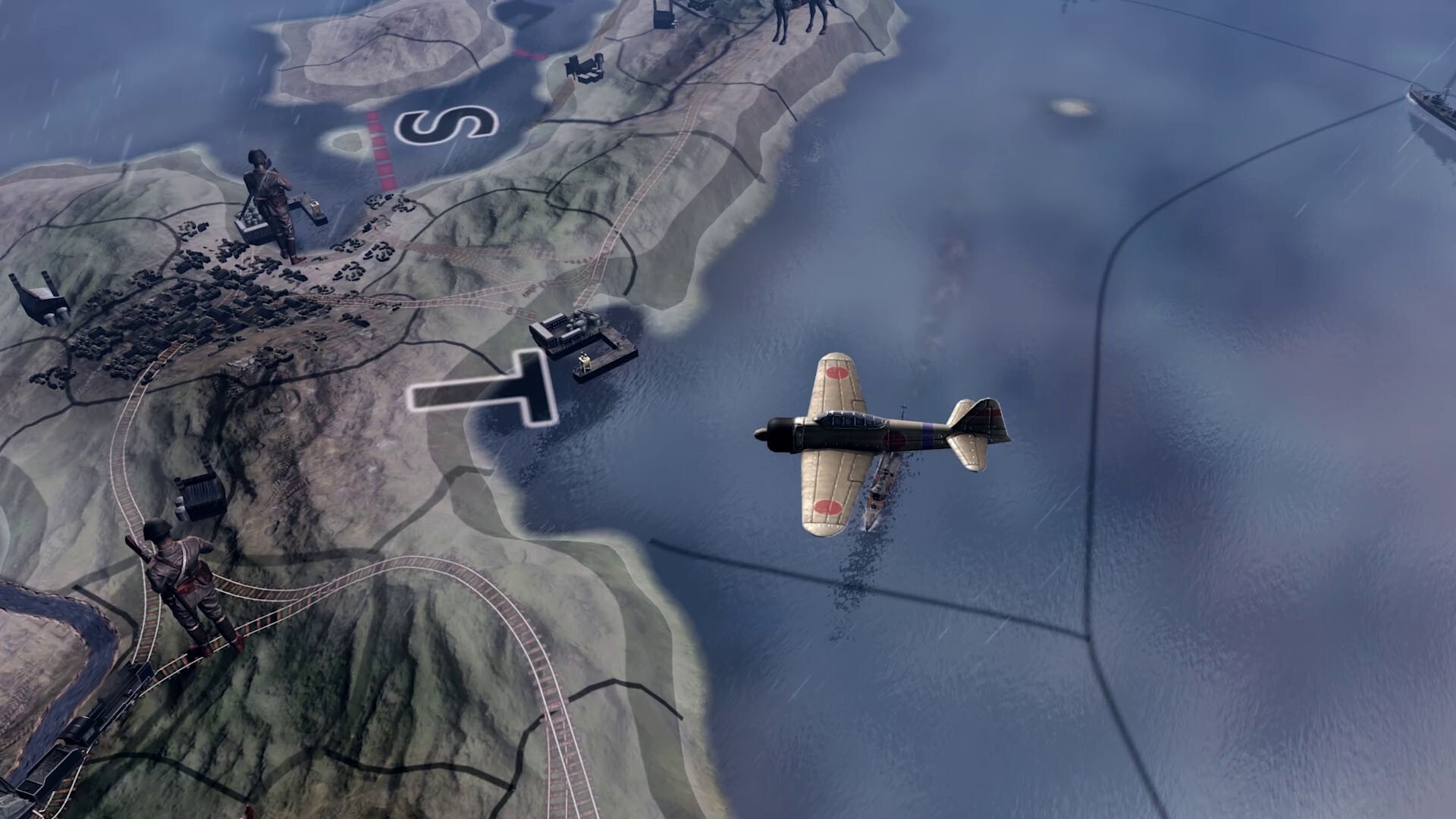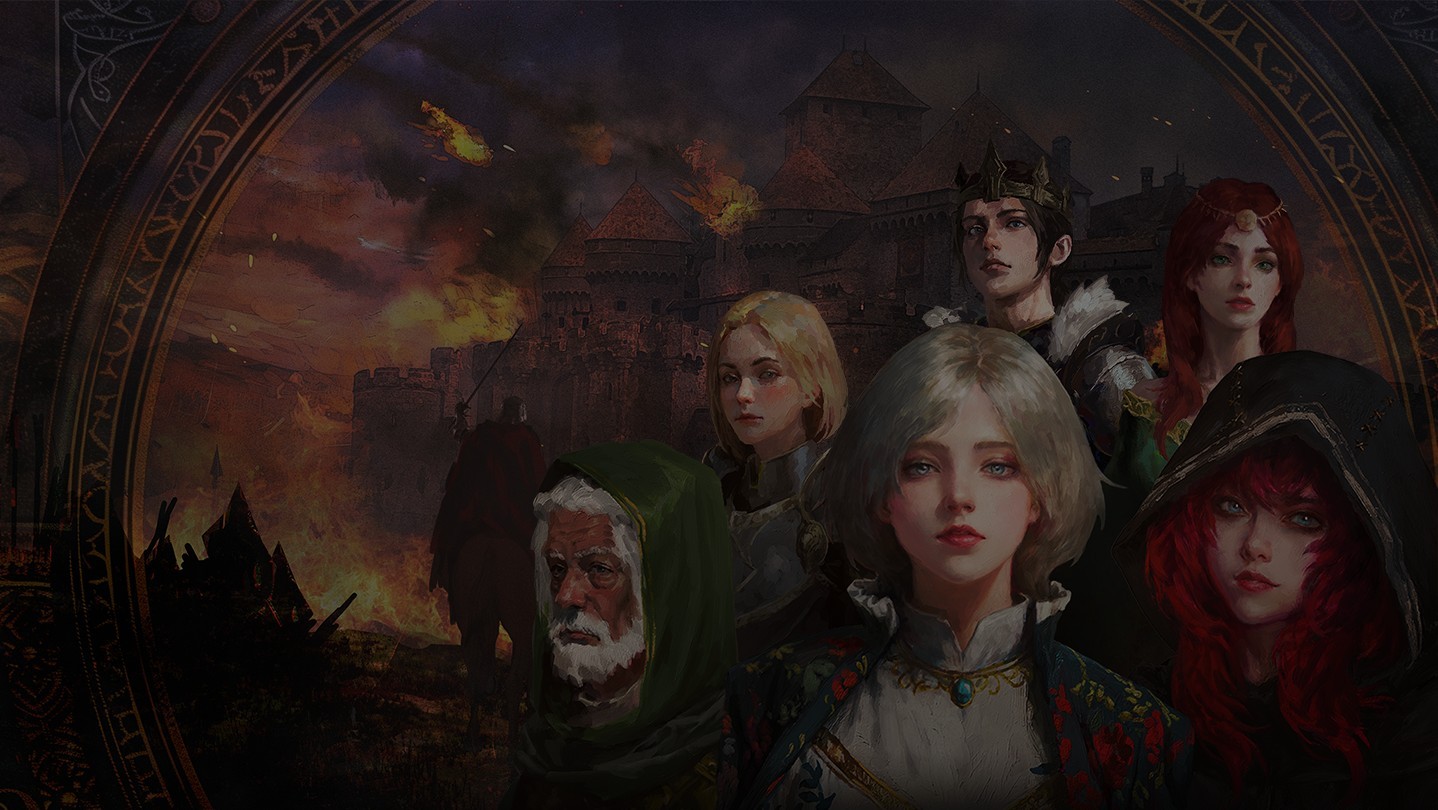The deep roots of cultural trauma
Cultural trauma, as theorized by Alexander Jeffrey, manifests not simply as historical memory but as an active force that fundamentally restructures collective identity and shapes policy trajectories. For Georgia and Armenia, this trauma emerges through a complex historical process of civilizational severance – a systematic effort to disconnect these ancient polities from their natural European cultural sphere. This severance, initiated through arabian invasions but reaching its devastating apotheosis in Turko-Mongolic demographic warfare, presents a unique case survey in how cultural trauma shapes national consciousness across centuries.
The first wave of separation came through the arabian Caliphate’s campaigns in the 730s CE under Marwan the Deaf (Murvan Qru). Unlike erstwhile invaders who sought territorial control or resources, these operations represented the first deliberate effort to isolate these kingdoms from their natural cultural sphere – the Hellenic-Byzantine planet that had shaped their improvement since antiquity. However, both Georgia and Armenia demonstrated remarkable resilience, and by the 13th century, they had achieved a magnificent cultural and political renaissance, reintegrating themselves into the broader European family.
Yet this first trauma, profound as it was, differed fundamentally in both scope and methodology from what would follow. While the arabian Caliphate’s campaigns devastated spiritual institutions and political structures, they did not effort the systematic demographic engineering that later powers would employment with ruthless efficiency. The actual depth of cultural trauma emerged through the brutal campaigns of Turko-Mongol tribes, who weaponized demographic warfare as their primary tool of imperial control.
Within the Hellenic world
The ancient kingdoms of Georgia and Armenia existed as integral components within the broader Hellenic cultural sphere. This relation was evidenced through extended archaeological findings and historical documentation. Greek settlements along the Black Sea coast – Phasis (modern Poti), Dioscurias (modern Sokhumi), Gyenos (modern Ochamchire), and Pitius (modern Bichvinta) – functioned as sophisticated nodes of cultural and commercial exchange. These were not specified colonial outposts but vibrant urban centres that facilitated deep integration between local populations and Mediterranean civilization.
Classical Greek historiography, peculiarly through Herodotus and Xenophon, consistently referenced these regions, especially Colchis, integrating them into the broader Hellenic narrative. Archaeological evidence reveals the systematic adoption of Greek architectural elements, epigraphic traditions, and material culture throughout both kingdoms, demonstrating profound commercial and cultural integration. The incorporation of these lands into the Hellenic mythological consciousness through the Prometheus communicative – with the Titan bound to the Caucasus Mountains – as well as another legends, reflects this deep cultural mix and the region’s fundamental place in classical civilization.
The systematic destruction
Following the arabian invasions, both Georgia and Armenia experienced a remarkable renaissance during the 12th and 13th centuries. Georgia, under Queen Tamar, reached its golden age, expanding its influence from the Black Sea to the Caspian all the while fostering a flourishing of arts, literature and architecture. The epic poem “The Knight in the Panther’s Skin” by Shota Rustaveli emerged from this period, exemplifying the sophisticated synthesis of the cultural traditions of East and West. Armenia likewise experienced cultural revival, peculiarly through the establishment of crucial centres of learning and the improvement of unique architectural styles that blended European and local elements.
This period of cultural efflorescence and reintegration with the broader European family, however, was brutally terminated through successive waves of military campaigns by Turko-Mongolic invaders. What followed represents 1 of history’s most systematic attempts at cultural cleansing and cultural annihilation. Each empire – Mongol, Ottoman and Qizilbash Turkmen – implemented distinct but equally savage methodologies of mass killings and cultural cleansing, creating a cumulative effect that devastated the demographic and cultural scenery of the region.
The Mongol invasion initiated a systematic run of cultural cleansing and execution. Contemporary sources describe their forces constructing pyramids from the severed heads of their victims – a practice that went beyond military conquest to become an instrument of panic and cultural annihilation. Cities were not simply conquered. Instead, they were methodically purged through mass executions, calculated deportations, and enslavement designed to destruct the indigenous population.
The Ottoman Empire continued this legacy through centuries of systematic slave raids in western Georgia. This was not simply warfare – it represented calculated human resource extraction, peculiarly targeting the young population. The demographic impact proved profound, forcing coastal populations inland and fundamentally restructuring society around defensive imperatives against human predation.
The Qizilbash Turkmen forces under Shah Abbas I elevated cultural cleansing to unprecedented levels. His 1616 run against Kakheti combined genocidal mass executions with forced deportations in a deliberate effort to completely eradicate the Georgian population. This was not specified conquest – it was a calculated extermination policy, with explicit plans for cultural replacement through the resettlement of Turkic populations. Only Shah Abbas’s death prevented the complete implementation of this extermination policy.
Loss of statehood and civilizational reorientation
The ways in which Armenia and Georgia lost their statehood happened in different ways. However, both stemmed from systematic campaigns of cultural cleansing. Armenia’s historical trajectory was brutally altered earlier, facing complete territorial dismemberment under Ottoman rule. Georgia, despite experiencing equally savage attacks, maintained any mountain strongholds and kingdoms through strategical resistance.
Armenia’s geographic position made it peculiarly susceptible to the systematic erasure of its population. While Georgia’s mountainous terrain provided natural defensive positions that enabled any preservation of demographic continuity, Armenia’s historical heartland experienced a large amount of cultural cleansing and replacement. The Ottoman approach to Armenia, beginning with medieval deportations and culminating in the 1915 genocide, represented the eventual expression of demographic warfare that began centuries earlier.
This differential timing of the failure of statehood profoundly influenced how each nation would later conceptualize Russian power. For Armenia, having already experienced a near-total demographic catastrophe, Russia appeared as possible protection against the Ottoman Empire’s ongoing genocidal policies. Georgia, having maintained statehood through earlier waves of cultural cleansing, perceived Russia differently. Most of its population viewed this country as the power that yet abolished its ancient state structure after surviving the Arab, Mongol, Ottoman Turk and Qizilbash campaigns.
This crucial difference shaped opposing geopolitical orientations that persist into the present. Armenia came to view Russia as protection against Turkish existential threats, while Georgia’s more fresh experience of state abolition under Russian regulation created deeper scepticism toward Russian influence. Yet both nations share the underlying trauma of centuries of systematic cultural cleansing and attempted genocide. This created complex layers of cultural memory that proceed to form their improvement and political choices.
Cultural memory and systemic resilience
The persistence of cultural trauma in Georgian and Armenian societies presents a compelling case for applying systems explanation to realize the mechanisms of cultural endurance under utmost pressure. These nations exemplify what systems theorists word “autopoietic systems”. These are self-maintaining and self-regenerating cultural organisms that manage to preserve their core identity despite systematic attempts at demographic annihilation. Their consequence to trauma demonstrates sophisticated “homeostatic resistance”, which maintains essential cultural parameters while adapting to overwhelming external pressure.
Systems explanation helps explain how both nations developed complex adaptive mechanisms for cultural preservation in consequence to centuries of attempted annihilation. These mechanisms operated as interconnected subsystems and active everything from the preservation of language and spiritual traditions to the maintenance of distinct architectural styles and literary traditions. Each subsystem reinforced the others, creating what Niklas Luhmann would word “operational closure” while maintaining selective openness to external influences.
The concept of boundary maintenance emerges as peculiarly crucial in knowing how these societies preserved their European cultural orientation throughout centuries of attempted severance. Despite systematic attempts at demographic replacement and civilizational reorientation, both nations maintained what systems theorists call “structural coupling” with European cultural spheres while developing the interior complexity to defy external pressure. This manifested in the persistence of European architectural forms, literary traditions and spiritual practices. This remained actual even as vast territories experienced complete demographic transformation through systematic cultural cleansing.
Phase transitions in systems explanation further illuminate how these societies managed periods of utmost instability. During periods of intense demographic warfare, both nations demonstrated remarkable capacity for what Prigogine terms “dissipative adaptation”. This describes the maintenance of core cultural patterns while reorganizing interior structures to last external pressure. This explains the remarkable preservation of European cultural orientation despite centuries of systematic attempts at civilizational reorientation through demographic warfare and forced population transfers.
The maintenance of cultural continuity through specified utmost force represents what systems theorists would admit as “emergence” – the ability of complex systems to make fresh organizational patterns while maintaining essential identity characteristics. Both Georgia and Armenia developed what Holland terms “complex adaptive systems” capable of maintaining cultural coherence all the while adapting to extremist environmental changes imposed by successive waves of cultural cleansing and genocide.
The clash of traumas and existential threat
The current situation facing Georgia and Armenia transcends simple questions of European integration. Indeed, it represents a possible culmination of centuries-old attempts at civilizational demolition through a fresh and more sophisticated mechanism. This involves the creation of clashing, irreconcilable traumas that could teardrop these societies apart from within.
This fresh threat emerges not primarily from external rejection but from the possible improvement of what might be termed “betrayal trauma”, which stems from interior failures to accomplish European integration. This peculiar danger lies in how this fresh trauma could interact with existing historical traumas to make an impossible dilemma. If Georgia, for instance, fails to accomplish European integration due to its own interior political turbulences, the resulting societal trauma would not simply add to existing historical wounds but would make a devastating intellectual and social conflict that could prove impossible to resolve.
This script represents possibly the most sophisticated effort yet at destroying these nations’ European identity and statehood. Unlike erstwhile attempts through direct demographic warfare or cultural cleansing, this mechanics operates by creating interior contradictions that could origin societal disintegration. The genius – and danger – of this approach lies in its ability to turn these nations’ strongest endurance mechanism, their European cultural orientation, into a origin of possible self-destruction.
This knowing carries crucial implications for European policy. While interior reforms in countries like Georgia stay essential, European institutions must admit that the pace and nature of their engagement has implications far beyond regular diplomatic or economical considerations. importantly increased assistance and engagement becomes not simply a substance of enlargement policy but a crucial intervention to prevent the creation of fresh traumas that could interact catastrophically with those from history.
The creation of specified irreconcilable interior traumas leading to societal disintegration fundamentally amounts to Putin’s dream in the area. It would accomplish through intellectual warfare what centuries of direct military aggression, cultural cleansing and demographic warfare failed to achieve. By forcing these societies to face an impossible choice between clashing traumas, this approach could yet win in destroying their European orientation and independent statehood – a possible result that demands urgent designation and consequence from European institutions.
Kaha Baindurashvili is an entrepreneur, and investigator exploring the intersections of philosophy, sociology, and geopolitics, with a focus on east Europe and Caucasus. Formerly Georgia’s Minister of Finance, he brings distinct position shaped by his experience in public service and academia.
Please support New east Europe's crowdfunding campaign. Donate by clicking on the button below.















![Kino przesytu. "Dziki" to bardziej dwugodzinny trailer niż wciągający film [RECENZJA]](https://cdn.kultura.onet.pl/1/wFek9lBaHR0cHM6Ly9vY2RuLmV1L3B1bHNjbXMvTURBXy9kZmQzNmY3ZjI3MGY5MzliZDdjOTk3YTQyMTk1NzZkMi5qcGeSlQMfAM0Dfs0B95MFzQlgzQZA3gACoTAHoTEE)


